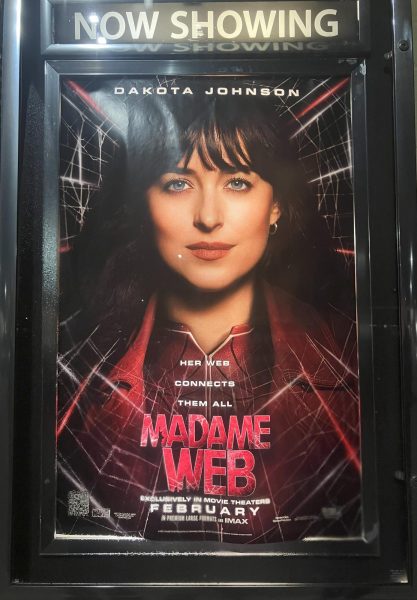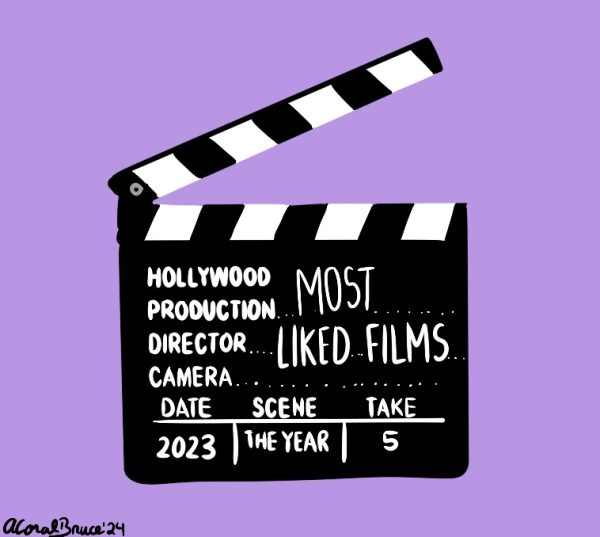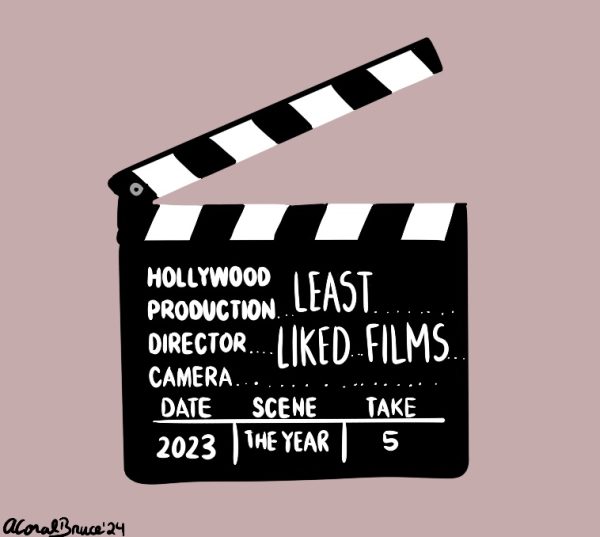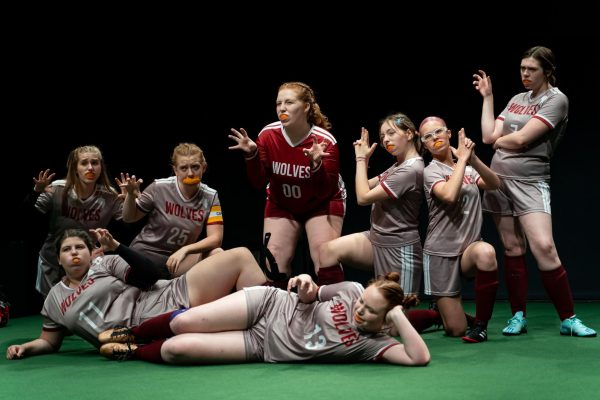White privilege and understanding your racial identity’s implications
May 12, 2017
We are not here to define white privilege. We are not here to debate whether it exists. We are here to understand how white privilege affects us on an individual and societal level.
Such (in sum) was the mantra of the White Privilege Discussion on Tuesday night in the Pioneer Reading Room. The event, conceived of and hosted by four female white students, drew a crowd of a few dozen students of varied races and gender identities. Attendees and the four hosts discussed several issues pertaining to race in the U.S. for more than two hours. We were broken into five groups to give all students a chance to contribute to the conversation and respond to three videos projected onto a screen. The first was an opinion-documentary from The New York Times in which white people discussed race, the second a satirical YouTube explanation of white privilege and the third an emotionally heavy conversation between black parents and their children on how to interact with police.
Even in literature, history or political science classes, it can be difficult to find a space to discuss one’s own experiences. The focus is often on scholarly material and current events, which are vital examples for understanding racism and white privilege. However, those examples do not necessarily allow students the opportunities to evaluate where they stand and remedy the injustice to which they may unknowingly be contributing.
Institutionalized racism exists. Racist structures exist. In order to dismantle these harmful structures, we need to have difficult conversations. The White Privilege Discussion provided the perfect space for that. There was no judgment, no blame, no close-mindedness. The purpose was to understand how we all either experience or are impacted by white privilege through sharing our own stories. Students seemed not to hesitate to be honest with their experiences and perceptions. I felt that being surrounded by peers who were also struggling to make real progress against white supremacy allowed me to acknowledge parts of my own life that I had never given voice to before.
It is vital to note, though, that the point of discussing white privilege is not to blame white people for the actions of their ancestors. It is not to hold individuals responsible for rectifying every act of racial discrimination on the spot. It is not for white people to immediately understand all facets of institutionalized racism and have all the answers. The point is to have people of color be heard.
Yes, as the beneficiaries from white privilege white people have to hold themselves accountable, but the acknowledgement of accountability should not get in the way of progress. Apologizing for a racist comment or action does not excuse it. What helps is learning what is harmful to people of color by listening to them.
And I mean listening, which means that although full racial equality is and should be the goal, you should be aware that people of color do experience America differently from white people and from each other. To say you are “colorblind” does not express to the rest of the world that you advocate for equality. It does not imply that the country “is past racism.” On the contrary, it confirms that racism is alive and well. Neglecting to acknowledge that institutionalized racism exists, that there are people who benefit and people who suffer as a result of its existence, only perpetuates the racist structures that are in place.
For example, Portland, like several other American cities, has an undeniable problem with relations between black residents and the police department. Black people are not protesting for no reason. The racism demonstrated by instances of police brutality is so ingrained in our country’s systems that for some, identifying it as a problem and something we have to change has become a challenge. A student in my discussion group who is from a Western European country described what is was like to be looking at America’s problem with racism from the outside. He said there was a European perception that America hates black people, and–between news coverage, poor representation in the media and the government and beauty standards that continuously privilege whiteness–that perception is not difficult to understand.
But there are people in this country who do not fit the black-white binary. There are Hispanic, Asian and Native American people (just to name a few) who also face discrimination. As one student said, white privilege exists on a spectrum, with people who have lighter skin or “look white” experiencing advantages that people who have darker skin do not.
The impact of judging people based on skin color can be seen in immigration enforcement. The focus for years, and especially within the last few months, has been to restrict immigration from Latin American countries. This means that immigration enforcement, when identifying who many be an illegal immigrant, often relies on racial profiling. The people who are targeted are those who “look Hispanic,” which–you guessed it–tends to be those with darker skin.
Now I am not here to critique the current administration (that is a conversation for another time), but I am here to relay the importance of having events such as this in which students of all majors and backgrounds can discuss race and institutionalized racism. Think of that adage that says the first step to solving a problem is realizing there is one. If we all sit down and talk about the existence of white privilege and how it harms our nation, we can be on our way to making sure we end it.










